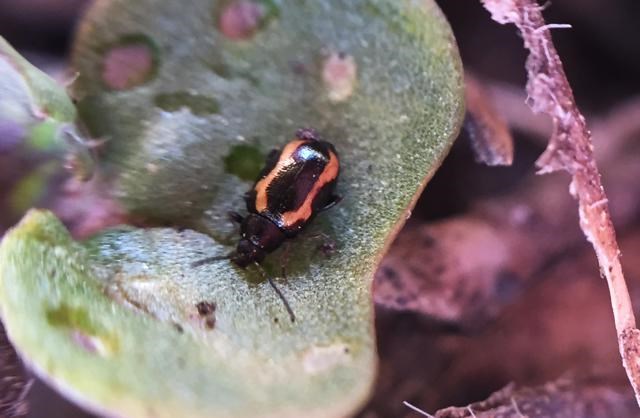Most crops in the southeast region are developing normally, but about a third of oilseeds and pulses are behind in their development due to the lack of moisture, and flea beetles are a concern in many crops also.
(Shown in the photos are two different types of flea beetles, with photos submitted by Justine Cornelson.)
For crop development, fall cereals are 87 per cent at a normal stage with 11 per cent behind, while spring cereals are four per cent ahead, 73 per cent normal and 23 per cent behind in development.
Oilseeds are 70 per cent normal and 29 per cent behind, and pulse crops are six per cent ahead, 65 per cent normal and 29 per cent behind.
There was minimal rainfall in the southeast in the past week, with the RMs of Weyburn, Wellington, Brokenshell and Francis getting 5 to 6 mm of rain, Tecumseh receiving 6 mm and Laurier getting 2.8 to 4 mm of rain.
Moisture levels were maintained for crop land, but there are more hay fields and pastures being reported as short or very short of moisture.
Cropland topsoil moisture is rated as 47 per cent adequate, 40 per cent short and 13 per cent very short. Hay and pasture lands are rated as 25 adequate for moisture, 51 per cent short and 24 per cent very short.
The minimal rainfall and cool temperatures (prior to this week) have resulted in delayed growth, particularly in hay and pasture land. Farmers have indicated they may have a reduction in hay yield, and the first cut may be delayed due to the slow growth. Many are hoping for a general rain to help with crop, hay and pasture development.
It remained quite windy for most of the week, but the winds have recently calmed down with hotter weather starting to arrive. The calmer days are allowing farmers to make some progress with spraying for weeds, flea beetles and cutworms.
There have been localized reports of farmers reseeding crops due to hail or gopher damage.



